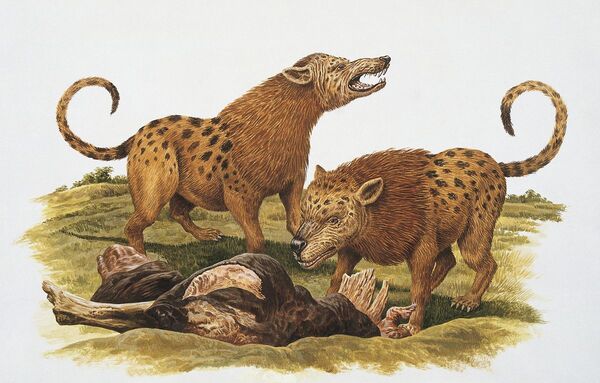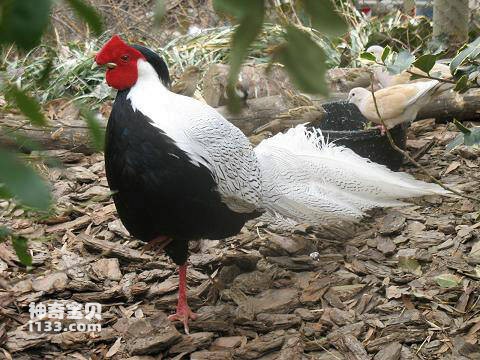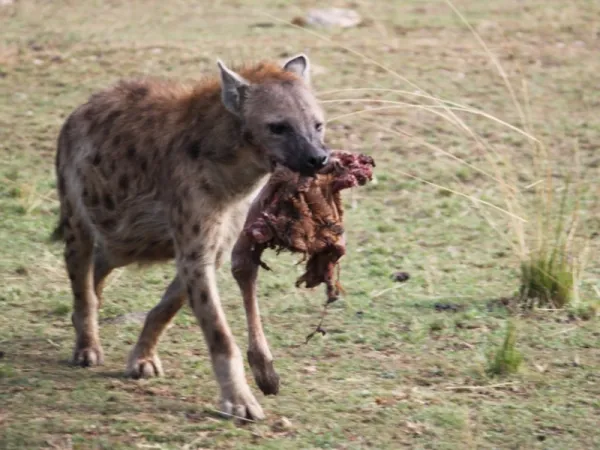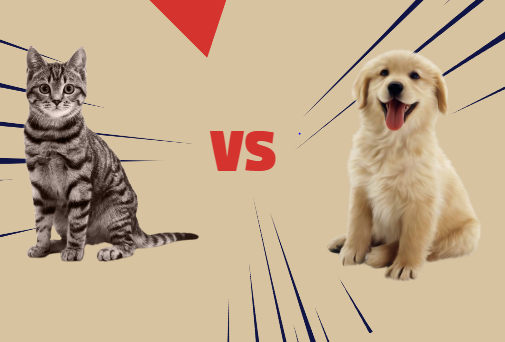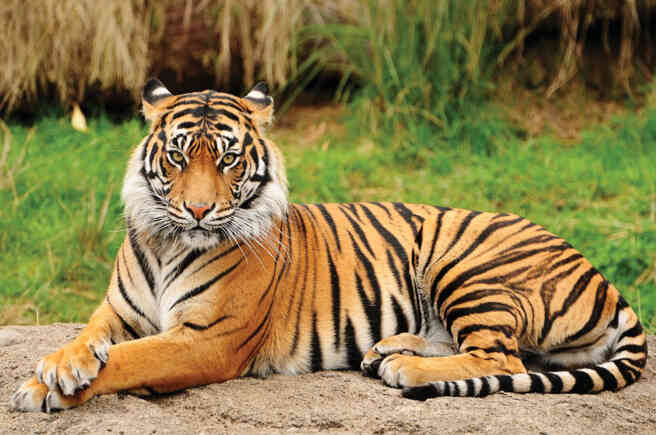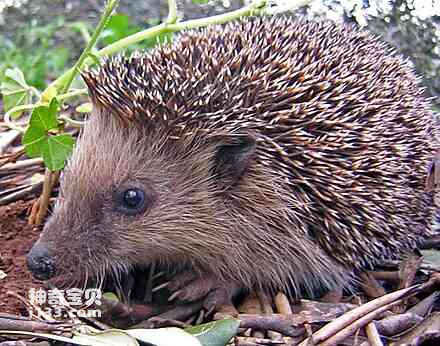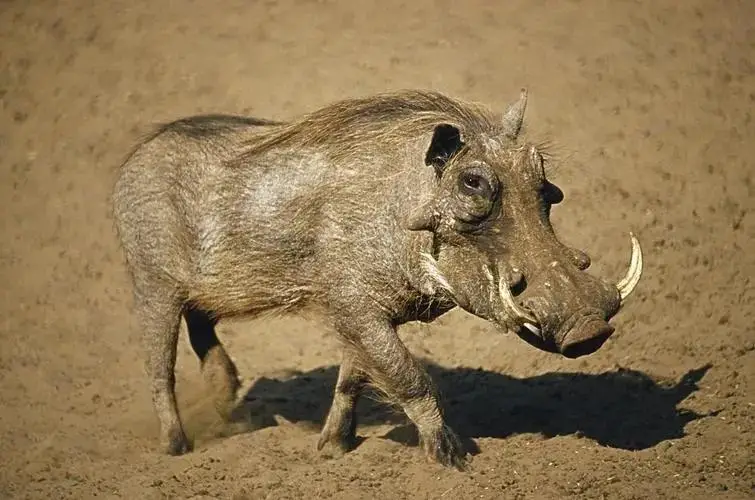In the animal kingdom, penis sizes vary, with some species evolving extremely large reproductive organs, which are mainly related to reproductive strategies, species adaptability and their lifestyle. This article will detail Describe several animals with amazing penis sizes and explain why their reproductive organs evolved to be so large.
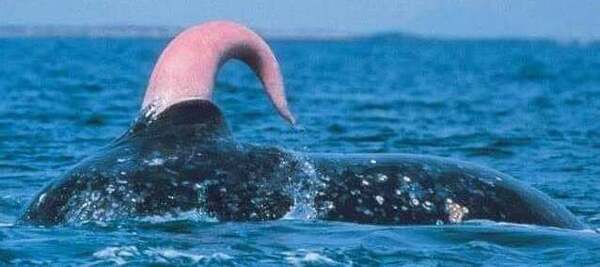
1. Blue Whale - The Animal with the Largest Penis in the World
Blue Whale (Balaenoptera musculus) is the largest mammal on earth, and its penis is also the largest in the world, making it a "giant" in nature. The blue whale's penis can be 2.4 to 3 meters long, with a diameter of about 30 centimeters and a weight of nearly 60 to 70 kilograms. The whale's giant reproductive organs match its huge body size and support its reproductive activities.
Why is the blue whale's penis so big?
Blue whales live in the ocean, and their mating process usually takes place In water, a strong and large penis is needed to ensure successful fertilization. In addition, since the female organs of blue whales are large, males need reproductive organs that are long enough for successful mating and semen delivery.
2. Walrus - Huge and Flexible Penis
The walrus (Odobenus rosmarus) is also one of the animals with a huge penis. The penis of an adult male walrus can be 50 to 70 centimeters long, and the penis bone (baculum) is also very large, one of the longest in mammals, reaching 60 centimeters. Walrus males rely on their strong and flexible penises for reproduction, which is crucial in the competition during the breeding season.
Why is the walrus penis so strong?
Walrus males Walruses fight fiercely for females, and their huge penis is a sign of their reproductive competitiveness. Walruses also need to reproduce in the water, so a long and flexible penis helps with precise positioning and effective mating.
3. Crocodile - the "giant" among reptiles
Although the crocodile is huge, its penis also matches its body size. The crocodile's penis does not erect during mating like mammals, but maintains a constant structure, can be up to about 30 cm in length, and has a relatively complex shape. The crocodile's penis has a hard cartilage structure. , able to mate stably underwater.
Uniqueness of crocodile penis
Crocodiles have an erection mechanism different from that of mammals, which helps them reproduce in underwater environments mission. At the same time, because crocodiles are cold-blooded animals, the structure and function of their penises are adapted to their lifestyles in different climates.
4. The reproductive system of the African elephant - the largest land mammal Wonders
As the largest mammal on land, the African elephant (Loxodonta africana) has an impressive penis. The penis of an adult male elephant can reach 1 meters long and has powerful control capabilities, allowing it to move flexibly like a "probe". This flexibility of their reproductive organs allows them to find and mate with females in complex breeding environments.
Evolutionary advantages of elephant penises
Elephant reproductive behavior involves complex social interactions . The huge penis not only helps males win the competition in the group, but also ensures that sperm is more effectively transferred to the female body during mating, increasing the success rate of reproduction.
5. Duck The Amazing World of Rotating Penises
Certain ducks, especially the Argentine Lake Duck (Oxyura vittata), have a complex The duck has an extremely long spiral penis, which can be up to 40 cm long, almost as long as its body.The reproductive organs have evolved complex shapes to adapt to their special reproductive ecology.
Why do ducks have such a unique penis?
The penis of the Argentine Lake Duck is spiral-shaped and has a barbed structure, which helps it maintain stability during mating and prevents other males from disturbing it during reproduction. In addition, this special penis structure is also adapted to the reproductive tract of female ducks, increasing the success rate of reproduction.
6. Kangaroo-a unique mammal with two penises
Marsupials such as kangaroos have two penises, which can make them more flexible in reproduction. Although the length of the kangaroo's penis is not as amazing as that of the blue whale or elephant, their double penis structure is very unique.
Function of the double penis
Kangaroos' double penises match the double vaginas of female kangaroos. This unique reproductive system allows kangaroos to mate multiple times in different reproductive cycles and provide more reproductive opportunities for their offspring.
7. The "champion" of marine life - sharks
Sharks' penises are different from mammals' reproductive organs. They have a structure called a "copulator" to transport sperm into the female body. Sharks' copulators are usually located on both sides of the anal fin and are slender in shape, helping them to reproduce precisely in the water.
Uniqueness of shark penises
Because sharks live in water, they need special mating tools to ensure that sperm can be delivered smoothly. The design of the double copulator improves the success rate of reproduction, especially in complex marine environments.
Conclusion: Evolutionary association between penis size and reproductive success
The size, shape, and structure of penises vary across the animal kingdom, and are greatly influenced by evolutionary pressures and reproductive strategies. Giant animals such as blue whales, Elephants-Are-Endangered.html">elephants, and walruses have penises that are large enough to match their body size, which helps them better mate in water or on land, while the complex structures of animals such as ducks reflect their unique adaptability in reproductive competition. Whether it is to capture mates, increase reproductive success, or ensure accurate mating in complex environments, the evolution of animal reproductive organs is to meet the challenges of survival and reproduction.

